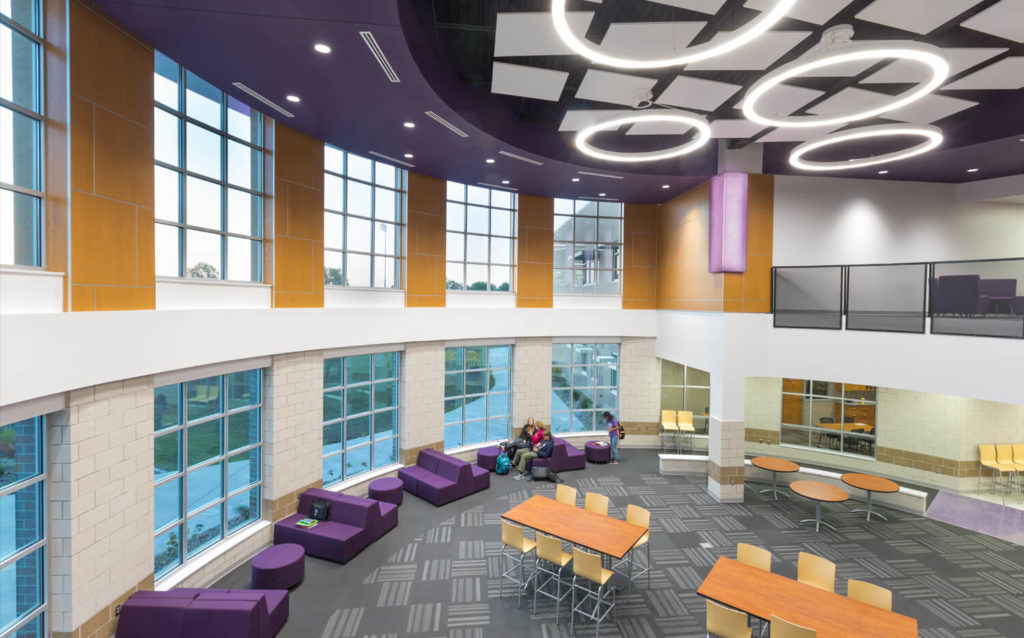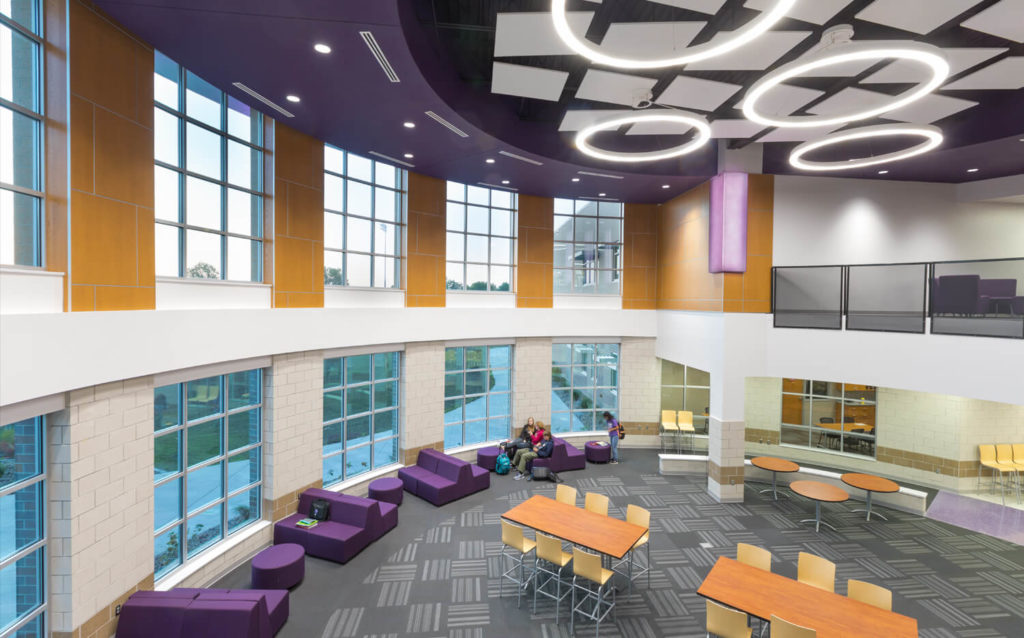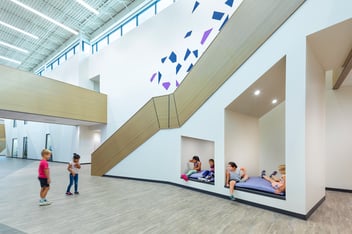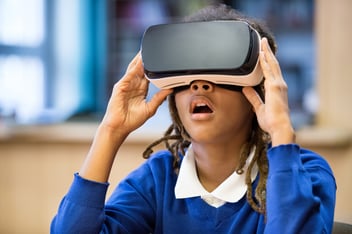
 Many schools today are decades old and haven't undergone a major redesign since they were originally built. A lot has changed since then, making these traditional styled classrooms much better suited for passive learning. Not a very good fit for today’s more active, hands-on learning approaches. But how should architecture adapt?
Many schools today are decades old and haven't undergone a major redesign since they were originally built. A lot has changed since then, making these traditional styled classrooms much better suited for passive learning. Not a very good fit for today’s more active, hands-on learning approaches. But how should architecture adapt?


